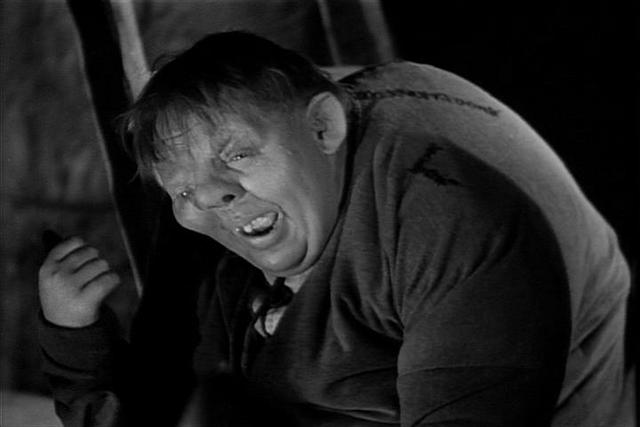[quote]”You’ve heard people say, ‘Man, I wouldn’t do that sh*t if I was you.’ Well, here’s some of that sh*t…”
– Chris Rock[/quote]
In my Exercises You Aren’t Doing That You Probably Should series, I posted twelve uncommon – but awesome – exercises that improve your strength, posture, and movement patterns.
But what about the exercises you’re currently doing? Are all of them safe and effective?
The sad truth is several cause more harm than good. In this article, I’ll discuss a popular exercise you might be doing and why you probably shouldn’t:
[top-title]The Sit-Up[/top-title]
From military bootcamps to schoolyards and fitness classes across the globe, the sit-up is one of the most-widely used exercises. It’s supposed to build core strength and helps trainees get those much-desired six-pack abs.

Here’s Why You Shouldn’t Do It:
[list type=”4″]
-
- Trainees often sit-up by using their hands to pull their head forward and drag their torso along, which strains the neck.
- As you rise, your shoulders round forward, which is the opposite of good and healthy posture: shoulders sitting down and back.
- People often round their lumbar spine, which causes back pain.
- During the sit-up, you are actively reducing the distance between the thigh and trunk, shortening your abdominal muscles. The problem here is two-fold:
1. Hip flexor muscles tend to dominate during this movement. That’s problematic because most people suffer from tight and overactive hip flexors.
2. Shorter abdominal muscles will pull your chest down and forward, worsening your Quasimodo posture.

-
- People perform a large amount of sit-ups and multiply their problems because of the accumulated stress.
[/list]
-
- Now, let’s think about why we perform sit-ups to begin with:
we want stronger abs
-
- .
-
- Well, abdominal muscles are built to
support your lower back
-
- and
prevent rotation and flexion
-
- – that means it is constructed to
withstand sit-up motions
-
- . If our abs were designed for sit-ups:
-
- [quote]”…[they] would look like a hamstring because that would be a flexion type of muscle – a single-joint muscle. But they don’t look like that. They have lines running both vertically and horizontally across them, because they’re there to stabilize you in all planes of movement, to prevent rotation and to really stabilize your spine and your fragile low back.”
– Chris Lopez, CTT, CSCS[/quote]Safe and effective ab exercises maintain a tight and rigid core while bracing against rotation and/or flexion. Instead of sit-ups, try these exercises:
Prone Bridges or Planks:
Half-Kneeling Kettlebell Halos:
Roll-Out Progressions:
Stirring-the-Pot:
Paloff Press (which can be performed standing, on both knees, or on one knee)
-
- These exercises work to
maintain a neutral spine angle
-
- against rotation and flexion and even help in
correcting postural deficits
-
- .
-
- Now there might be people who reply, “I do sit-ups all the time and I don’t have
any
-
- pain!” Well, two things:
-
- [list]
-
- They are confusing the absence of any evidence of damage with the evidence of the absence of any damage. In English, that means just because there are no pain symptoms, doesn’t mean no damage has occurred.
- Even if all those sit-ups do no damage (which I kind of doubt), there are still many more-effective methods to develop proper core stability and strength.
[/list]
Try those core exercises on your next workout instead of sit-ups. Don’t be surprised if you feel extremely sore the next day!What exercises do you use for core strength? How have those sit-up substitutes worked for you? Leave a comment, hit me up on Twitter, or add me on Facebook.
[tweetbutton]
Good advice, Anthony!
Ok, I have a question. How can I get my the top part of my abs to stay flat?? It looks like I have belly, so annoying when I kickbox. Any suggestions?
Spot-reduction is purely a myth. If you want to remove fat around the “top part of your abs”, you’ll need to remove it all over your body.
rope pulldowns?
That is kinda tricky since I’m really short …like under 5ft. But I could try that.
I’ve always had it even when I was a flyer and I had to be extra small. Just trying to figure out why my upper ab muscles don’t lay flat.